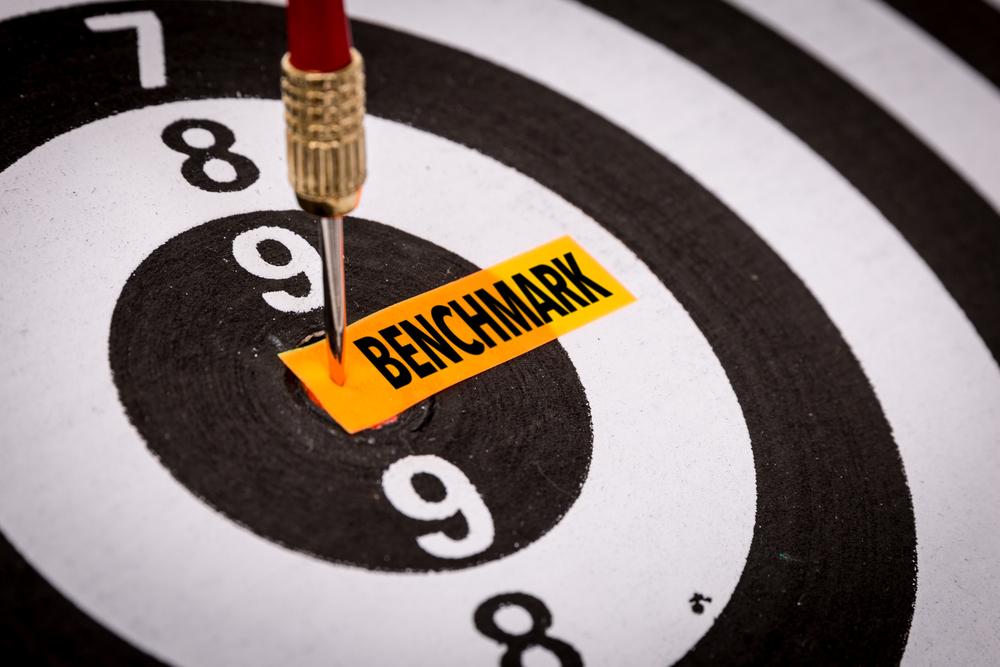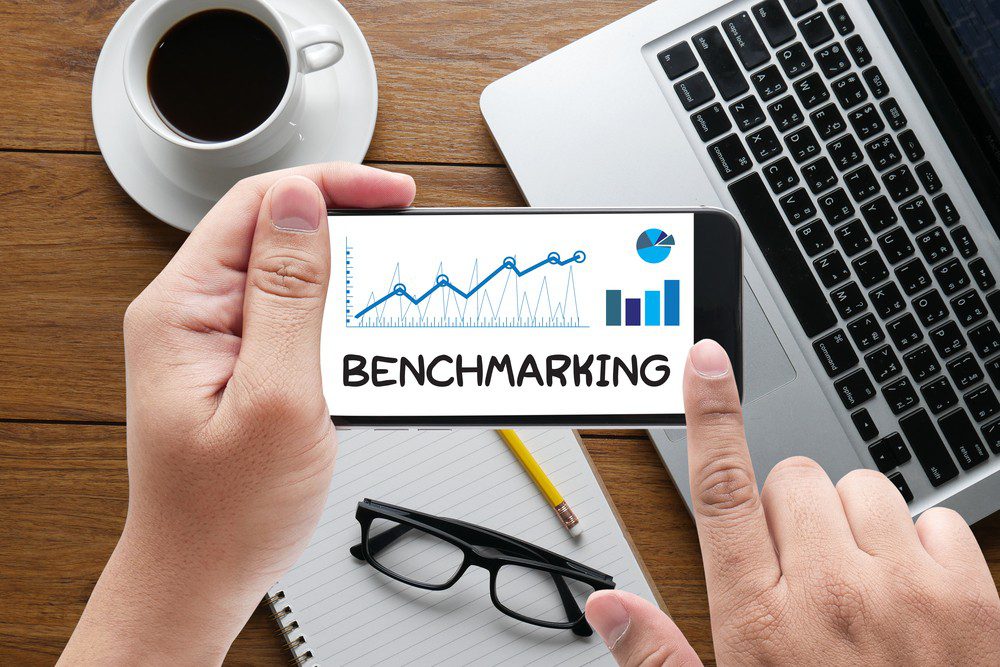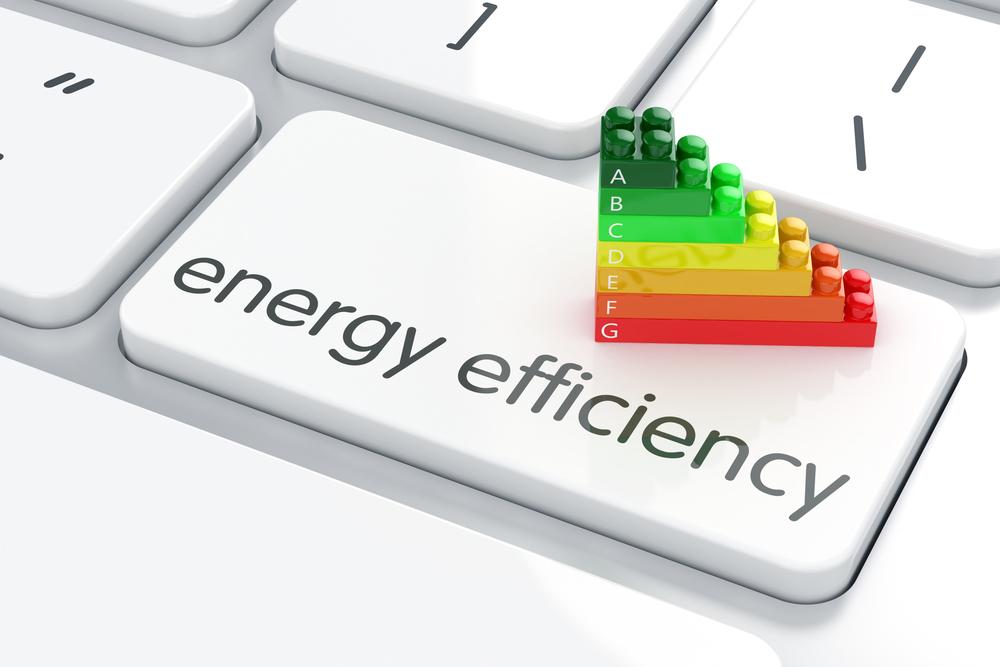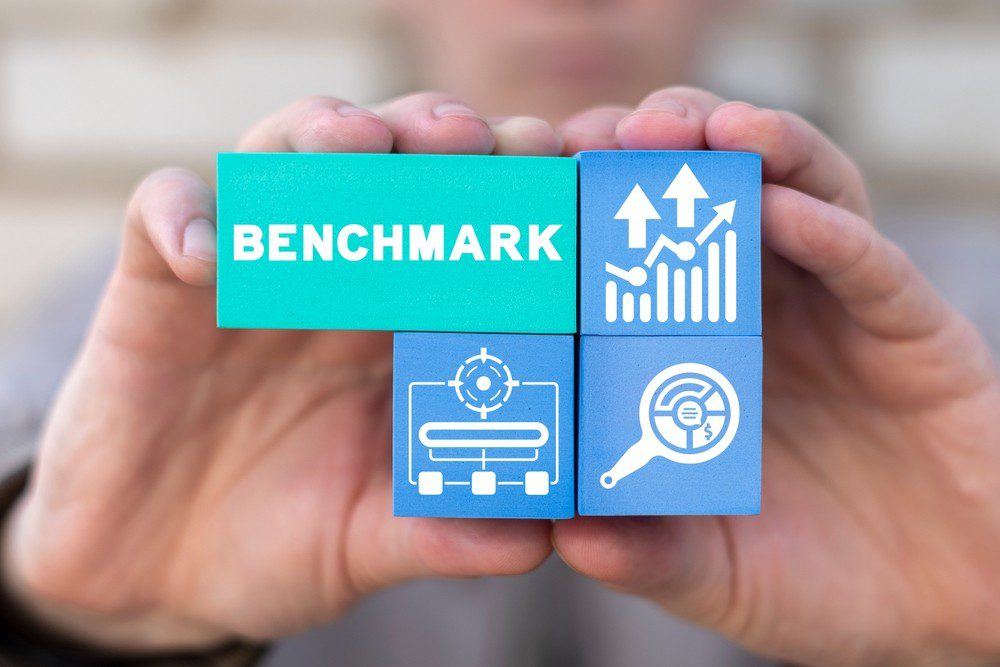As a business, it is important to value efficiency in order to ensure profitability and compliance with regulations. However, many companies overlook the importance of implementing an effective corporate efficiency program. Not only does this approach help protect your organization’s financial assets, but it can also reduce risks that could lead to costly lawsuits or fines for noncompliance. In this blog post, we will discuss why an initiative focused on achieving corporate efficiency is essential for modern organizations as well as offer tips and strategies you can use when launching such a program at your company.
What is Corporate Efficiency Program?
A corporate efficiency program is a strategic initiative to help a company or business reduce waste and increase productivity. By assessing processes and workflows, companies can identify opportunities to reduce costs, streamline operations, and improve overall performance. These cost-saving initiatives are key in developing a profitable workplace that is able to deliver the same high-quality products or services while investing in resources more efficiently. Introducing corporate efficiency strategies helps create an environment that encourages collaboration between teams, allowing each job to be completed as quickly and accurately as possible. With this model of execution comes increased customer satisfaction, improved financial performance, and greater employee development—ultimately boosting the success of any organization.
How a Corporate Efficiency Program Protects Profits, Asset Value & Compliance Risks?
Corporate efficiency programs are essential for any organization looking to protect its profits, asset value, and compliance risks. These programs involve taking a strategic approach to achieving greater productivity and efficiency across multiple areas of the business by streamlining administrative processes, minimizing redundant workflows and costs, and ensuring that critical tasks are automated correctly.
Additionally, corporate efficiency programs can help protect against compliance risks by providing stakeholders with transparency into how their resources are being managed, as well as better visibility into overall processes that could potentially expose their business to risk. By optimizing operational performance, an organization can protect its profits, asset value, and minimize potential risks.
How can Corporate Efficiency Program Help Businesses?
Corporate efficiency programs offer businesses the means to alleviate risk and make their operations more effective. A risk management process helps by identifying risks within business processes and reducing them through effective risk mitigation strategies. Likewise, you can improve business efficiency through investment management firms that specialize in consulting services and corporate finance.
These organizations leverage financial resources to help businesses reallocate resources, streamline processes, and increase profits. By investing in a corporate efficiency program, companies have the potential to optimize their activities with less risk involved, resulting in higher profits for the company.
Why Is Corporate Efficiency Program Important
 A corporate efficiency program is vital for companies to remain compliant, competitive and successful. These programs help companies with compliance and regulatory issues as well as enabling them to operate in an efficient way. The compliance program encourages organizational compliance with laws and industry regulations that are applicable to the business model.
A corporate efficiency program is vital for companies to remain compliant, competitive and successful. These programs help companies with compliance and regulatory issues as well as enabling them to operate in an efficient way. The compliance program encourages organizational compliance with laws and industry regulations that are applicable to the business model.
Additionally, corporate efficiency programs allow businesses to minimize costs and make more informed decisions regarding their business model. It assesses current practices and identifies areas that need improvement to maximize productivity within the organization while also maximizing profits.
By embracing a corporate efficiency program, businesses can ensure they are up-to-date on compliance issues while also improving their bottom line by making sure work is done quickly, correctly and efficiently.
Does Corporate Efficiency Improve Efficiency of a Business?
Corporate efficiency is a necessity for today’s businesses as competition in the marketplace is tougher and fiercer than ever. High levels of efficiency allow companies to increase their profits and productivity while reducing costs and risks associated with outdated practices. By using technology automation, streamlining processes, and maximizing resources, businesses are able to achieve more with less.
As such, corporate efficiency helps organizations run smoother operations and ensures efficient use of resources so that the customer experience remains top-notch. With an optimized workflow and empowered employees driving business growth, corporations can set themselves up for long-term success.
Common Risks Associated With Assets
Let’s check out some common risks associated with assets:
Market risk
This is the risk of changes in market prices that can impact the value of an asset. An example would be a decline in stock prices due to macroeconomic factors like recession or inflation.
Interest rate risk
This refers to the risk posed by change in interest rates which may reduce the return on an asset. For example, higher interest rates may reduce the value of bonds as investors seek out other investments with higher returns.
Credit risk
This is the risk that a borrower will default on their debt obligation and fail to repay any money that is owed. It can be difficult to manage credit risks because it is impossible to predict when a borrower may default, so it is important to have adequate risk management procedures in place.
Liquidity risk
This is the risk that an asset cannot be easily converted into cash if needed. It can be difficult to manage liquidity risks because they are often unpredictable and not always foreseeable.
By understanding these common risks associated with assets, businesses can better manage their operational efficiency, financial efficiency and maximum efficiency by mitigating them. Risk management should be a priority for any business, whether large or small. It is important to understand the risks associated with your assets in order to ensure that you are taking all steps necessary to protect them from potential losses.
Ways in which Corporate Efficiency Programs Protect Profits
Here is how it protects profits:
Accounts Receivable Turnover
Corporate efficiency programs help to ensure that accounts receivable turnover is optimized. This means that the accounts receivable are paid in a timely manner, reducing the risk of debtors defaulting on payments and improving the cash flow. It also helps to manage accounts receivables more efficiently by identifying any issues or accounts that may require further attention.
Mitigating Risk
Corporate efficiency programs help to mitigate risk by analyzing the accounts receivable and accounts payable data. This helps in identifying potential areas of risk exposure and taking corrective action before losses are incurred. Investment managers also use these programs to gain a better understanding of the company’s accounts and investment portfolios, allowing them to make smarter investment decisions.
Cutting Costs
Corporate efficiency programs can help to reduce overhead costs by automating manual tasks and streamlining processes. This allows businesses to save money on labor costs while improving the quality of their services. The programs also allow investment managers to identify cost-cutting opportunities within the company’s investment portfolio.
Compliance Guidelines
Corporate efficiency programs enable businesses to adhere to compliance guidelines and regulations more effectively. This helps asset managers to ensure that the investment portfolios meet all regulatory requirements and remain compliant with industry standards. The programs also help investment managers stay up-to-date with changes in compliance guidelines, thus avoiding potential costly penalties and fines.
In summary, corporate efficiency programs are beneficial for investment managers as they can help to protect profits, mitigate risk, reduce costs, and ensure compliance with regulatory guidelines. By investing in these programs, investment managers can improve their business efficiency and maximize returns on investment.
Benefits of the Corporate Efficiency Program

Here are some more advantages of corporate efficiency program:
Improved Productivity
By improving the efficiency of businesses, corporate efficiency programs can lead to improved productivity and better results. This in turn can help increase profits and create more successful business operations.
Reduced Overhead Costs
By implementing a corporate efficiency program, businesses can reduce their overhead costs by improving the way they manage their resources. For example, by improving the way they use energy and other resources, businesses can save money in the long run.
Increased Employee Morale
Improving efficiency also helps to increase employee morale. By improving the way businesses operate and manage their processes, employees feel more engaged and motivated which can lead to increased productivity and better work outcomes.
Faster Growth
By improving the way businesses manage their resources, corporate efficiency programs can help to speed up growth. This is because increasing efficiency leads to increased profits, which gives businesses more money to reinvest into new initiatives or expand operations further.
Improved Quality
Improving efficiency also helps to improve product and service quality. By improving the way processes are managed, businesses can ensure that their products and services are of the highest standard possible, leading to improved customer satisfaction.
Overall, improving business efficiency through corporate efficiency programs provides many advantages for businesses. From improved productivity and cost savings to better employee morale and quality improvement, it is an effective way for businesses to improve their operations and create better outcomes.
Conclusion
A corporate efficiency program is the best way to improve your business and make it run smoother. Not only will this help protect your profits, but your asset value and compliance risks will be improved as well. If you want to learn more about how we can help you with your corporate efficiency program, contact us today. We would be happy to discuss what options are available to you and how we can tailor a program specifically for your company’s needs. Don’t wait – an efficient business is a profitable business!





 If you own a commercial building in Los Angeles, then you likely need to comply with the requirements of the city’s energy benchmarking law. This law requires property owners to run data quality checkers and report detailed energy consumption data to the Department of Water & Power (LADWP).
If you own a commercial building in Los Angeles, then you likely need to comply with the requirements of the city’s energy benchmarking law. This law requires property owners to run data quality checkers and report detailed energy consumption data to the Department of Water & Power (LADWP). The Los Angeles Energy Benchmarking Law sets out certain standards for commercial and residential buildings that aim to reduce energy use.
The Los Angeles Energy Benchmarking Law sets out certain standards for commercial and residential buildings that aim to reduce energy use.







